Science Olympiad - Astronomy
1/304
There's no tags or description
Looks like no tags are added yet.
Name | Mastery | Learn | Test | Matching | Spaced |
|---|
No study sessions yet.
305 Terms
Optical double
not actually binaries
simply two stars lying along same line of sight (similar RA & dec)
Not gravitationally bound
Not usefull in determining stellar masses
Visual binary
both stars resolved independently
if orbital pd not too long, can monitor motion
provides angular separation from center of mass
If dist known, linear separations can be calculated
Astrometric binary
If one significantly brighter, not possible to see both directly
Exitence deduced by observing oscillatory motion of visible member
Spectrum binary
two superimposed independent discernible spectra
Doppler effect causes shifting of spectral lines
Spectroscopic binary
if period not too long
Orbital motion has component along line of sight
Periodic shift in spectral lines observable
Only 1 set of periodically varying spectral lines seen
Systems able to provide us with mass determination
Visual binaries combined with parallax info
Visual binaries with radial velocities available over complete orbit
Eclipsing double-line spectroscopic binaries
O stars
Hottest blue-white stars with few lines
Strong He II absorption (sometimes emission) lines
He I absorption lines becoming stronger
B stars
Hot blue-white
He I absorption lines strongest at B2
H I (Balmer) absorption lines getting stronger
A stars
White
Balmer absorption lines strongest at A), becoming weaker later
Ca II absorption lines becoming stronger
F stars
Yellow-white
Ca II lines continue to increase, Balmer lines decrease
Neutral metal absorption lines (Fe I, Cr I)
G stars
Yellow
Solar-type spectra
Ca II increase
Fe I, other neutral metal increase
K stars
Cool orange
Ca II H & K strongest K0, then decrease
dominated by metal absorption
M stars
Cool red
Molecular absorption bands (TiO, VO)
Neutral metal absorption lines remain strong
L stars
Very cool, dark red
Stronger in infrared
Strong molecular absorption bands of metal hydrides, water, CO, Na, K, Rb, Cs, Alkalis
TiO, VO decrease
T stars
Coolest, Infrared
Strong methane, CO decrease
Wolf-Rayet stars
discovered by C.J.E. Wolf and G. Rayet Paris Observatory in 1867
more than 220 WR identified, most likely more
25,000 to 100,000 K
losing mass at over 10^-5 Solar masses per year
Wind speeds of 800 to 3000+ kilometers per second
Rapidly rotating
Can have starting masses of under 20 solar masses
No dramatic variability
P Cygni profile
Absorption trough at short-wavelength edge superimposed on rather broad emission peak
FU Orionis
contain instabilities in circumstellar accretion disk
Results in 0.01 solar masses being dumped
T-Tauri may go through several stages
Herbig Ae/Be
named for George Herbig
spectral type A or B
strong emission lines
2 to 10 solar masses
tend to be enveloped
much shorter lifetimes
Herbig-Haro objects
contain jets of gas
first discovered in vicinity of Orion nebula by george Herbig & Guillermo Haro in early 1950s
Proplyds
circumstellar disks around stars in Orion Nebula
appear to protoplanetary disks around less than 1million year old stars
Masses more than 2 * 10^25 kg
Wien's law
(Peak wavelength)(Temperature) = 0.002897755 mK
Stefan Boltzmann Law
Luminosity = 4(pi)(radius)^2(stefan-boltzmann constant)(effective temperature)^4
Stefan-Boltzmann constant - 5.670400*10^-8 W m^-2 K^4
Stellar parallax
d = 1/p" pc
Distance modulus
m-M = 5 log d - 5 = 5 log (d/10pc)
Diffuse molecular clouds
Also known as translucent molecular clouds
15 to 50 K
n around 5 10^8 to 510^9 m^-3
M around 3 to 100 solar masses
Several parsecs across
Birth
The life cycle differs between stars depending on their mass. Normal-mass stars begin in stellar nurseries, and some matter condenses to create a protostar. This gains more mass until fusion (H -> He) begins, when it becomes a main-sequence star.
Stellar Nursery
Also called a molecular cloud, is the cloud of matter from which stars originate. They are clouds primarily consisting of hydrogen which are dense and big enough that molecules are formed from atoms. They are not extremely common in the interstellar medium (ISM), but they are the densest objects in it. The molecular gas found in the Milky Way corresponds with its spiral system.
Protostar
When a star is in free-fall collapse.
T Tauri Star
Pre-main-sequence variable stars with spectral classes from F to M. They have many emission lines in their spectra, indicating their strong stellar winds. They are easy to identify and can be used as traces of solar-mass star formation regions. Appear within dark dust clouds.
Main Sequence
Stars spend the majority of their lives (about 80 percent) at this stage. How long a star remains here depends on its mass.
H-R Diagram
Important with regards to stellar evolution because it can be used to identify the life cycle of a star, as well as characteristics of the stars in a star cluster. Most stars will follow certain paths, so by plotting a star, we can estimate its position within the stellar evolutionary cycle.
Hayashi Track
Explains the lives of low-mass stars with solar masses less than 0.5, and it was developed by Japanese scientist Chushiro Hayashi. All stars in this track become fully convective, and so it mostly applies to red dwarves. As the stars become denser, they become less luminous, until fusion begins, when they get warmer. This leads them to the main sequence.
Turnoff Point
The point at which the stars deviate from the main sequence after using up most of their fuel.
Andromeda
M31 galaxy
Cancer
M44 Beehive Cluster
Canes Venatica
M51 Whirlpool Galaxy
Deep Sky Object: NGC 7293
Constellation: Aquarius AKA Helix nebula, large planetary nebula, closest nebula to earth in the constellation Aquarius.
Star: NGC 281
Constellation: Cassiopeia
Deep Sky Object: 30 Doradus
Constellation:Dorado
Stars: Castor & Pollux
Constellation: Gemini
Deep Sky Object: M13 Globular Cluster
Constellation: Hercules
Star: Vega
Constellation: Lyra
Stars: Betelgeuse & Rigel
Constellation: Orion
Star: Algol
Constellation: Perseus
Deep Sky Objects: Sgr A, M17,
G359.23-0.82
Constellation: Sagittarius
Star: Antares
Constellation: Scorpius
Stars: Aldebaran & HL Tau
Constellation: Taurus
Star: Polaris
Constellation: Ursa Minor
Stars: Mizar & Alcor
Constellation: Ursa Major
Star: Velorum
Constellation: Vela
Star: Spica
Constellation: Virgo
Astronomical Unit
A.U.
1.496x10(11) meters
Atomic Mass Constant
Mu
1.6605386x10(-27) kg
Boltzmann Constant
k
1.3806505x10(-23) J K(-1)
Electron Volt
eV
1.60217653x10(-19) J
Gravitational Constant
G
6.6742x10(-11)m(3)kg(-1)s(2)
Gravity Constant over h-bar
G/h C
6.7087x10(-39) ((GeV/c(2))(-2)
Light Year
ly
9.4605x10(15)m
Mass of Proton
Mp
1.67262171x10(-27)kg
Mass of Neutron
Mn
1.67492728x10(-27)kg
Mass of Electron
Me
9.1093826x10(-31)kg
Mass of Hydrogen Atom
Mh
1.6735x10(-27)kg
Parsec
pc
3.0857x10(16) m
Planck Constant
h
6.6260693x10(-34) s
Planck Constant over 2(pi)
h(+)
1.05457168x10(-34) J s
Rydberg Constant
R(infinity)
6.6x10(-12)
Solar Mass
Mo
1.989x10(30)kg
Solar Radius
Ro
6.9599x10(8) m
Solar Luminosity
Lo
3.90x10(26) W
Speed of Light
c
299,792,458 m s(-1)
Standard Atmosphere
101,325 Pa
Stefan-Boltzmann Constant
o
5.670400x10(-8) W m(-2) K(-4)
Wien Displacement Law
b
2.8977685x10(-3) n K
Year - Earth
365.2564 days
3.156x10(7) sec
Cas A
A supernova remnant in the constellation Cassiopeia. It is about 11,000 light years away.
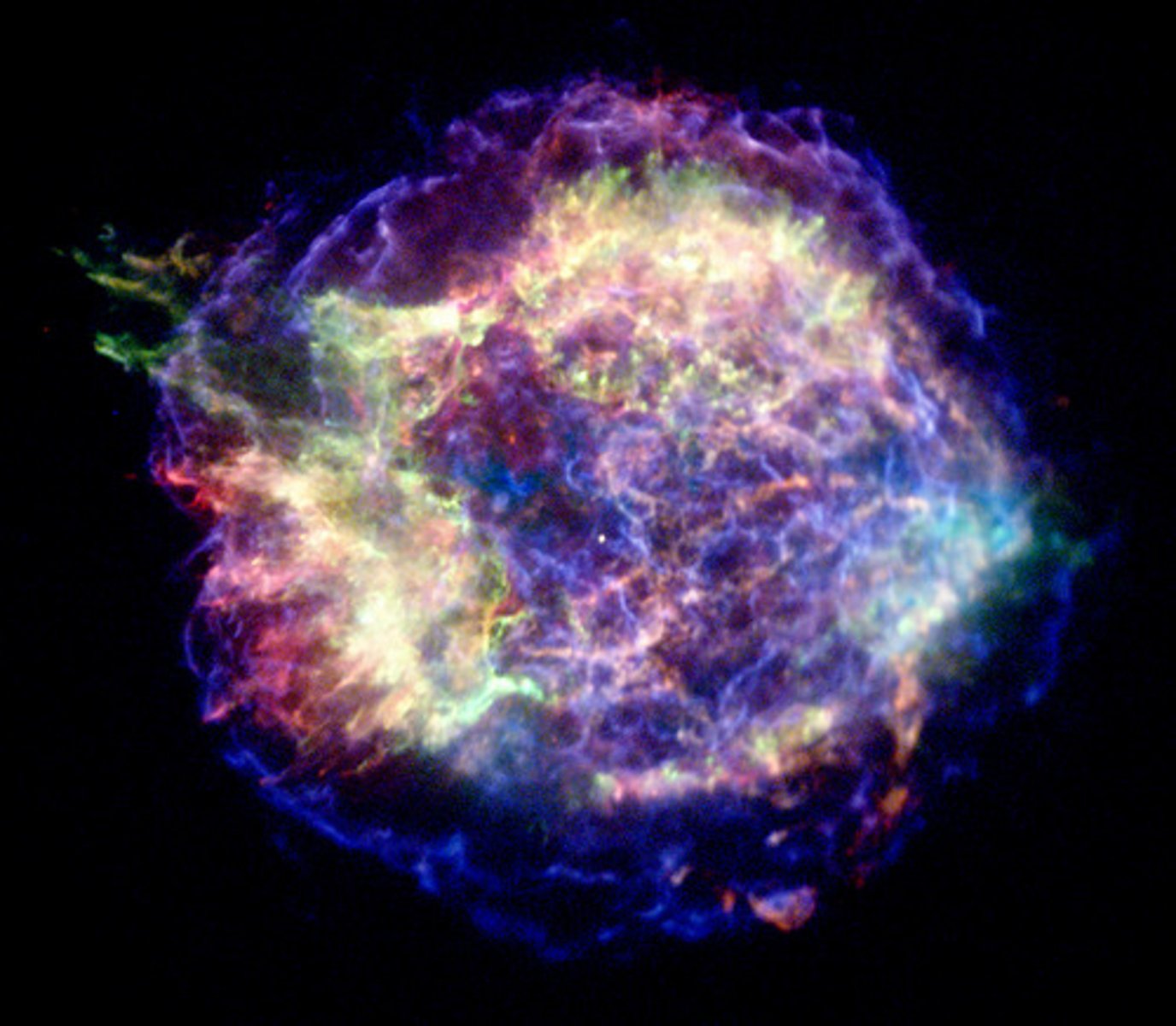
Cygnus X-1
A deep sky object in Cygnus constellation. It is an intense x-ray source neat Eta Cygni and is thought to be a black hole in orbit around the 9th-magnitude blue supergiant about 8,000 light-years away in our own galaxy.
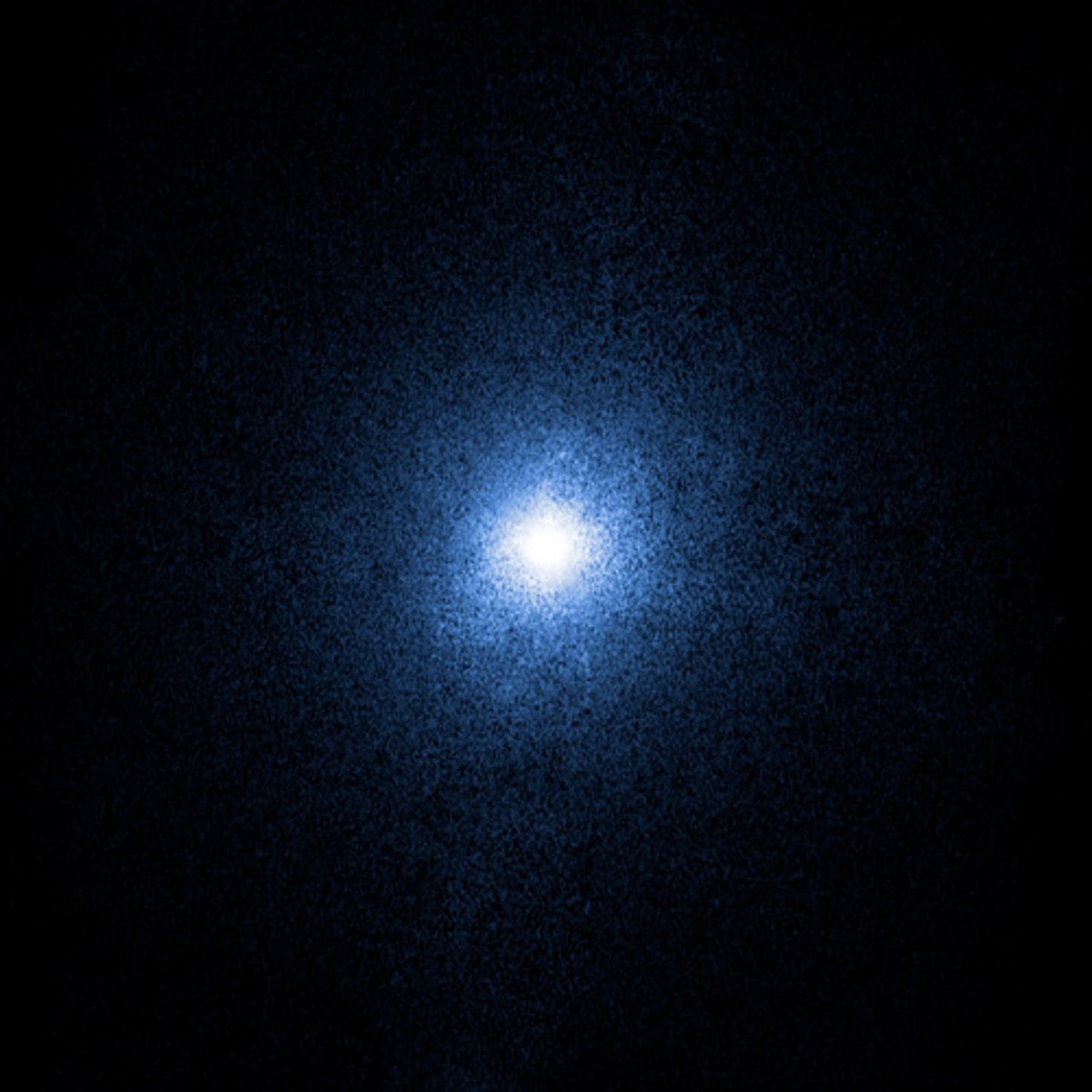
SXP 1062
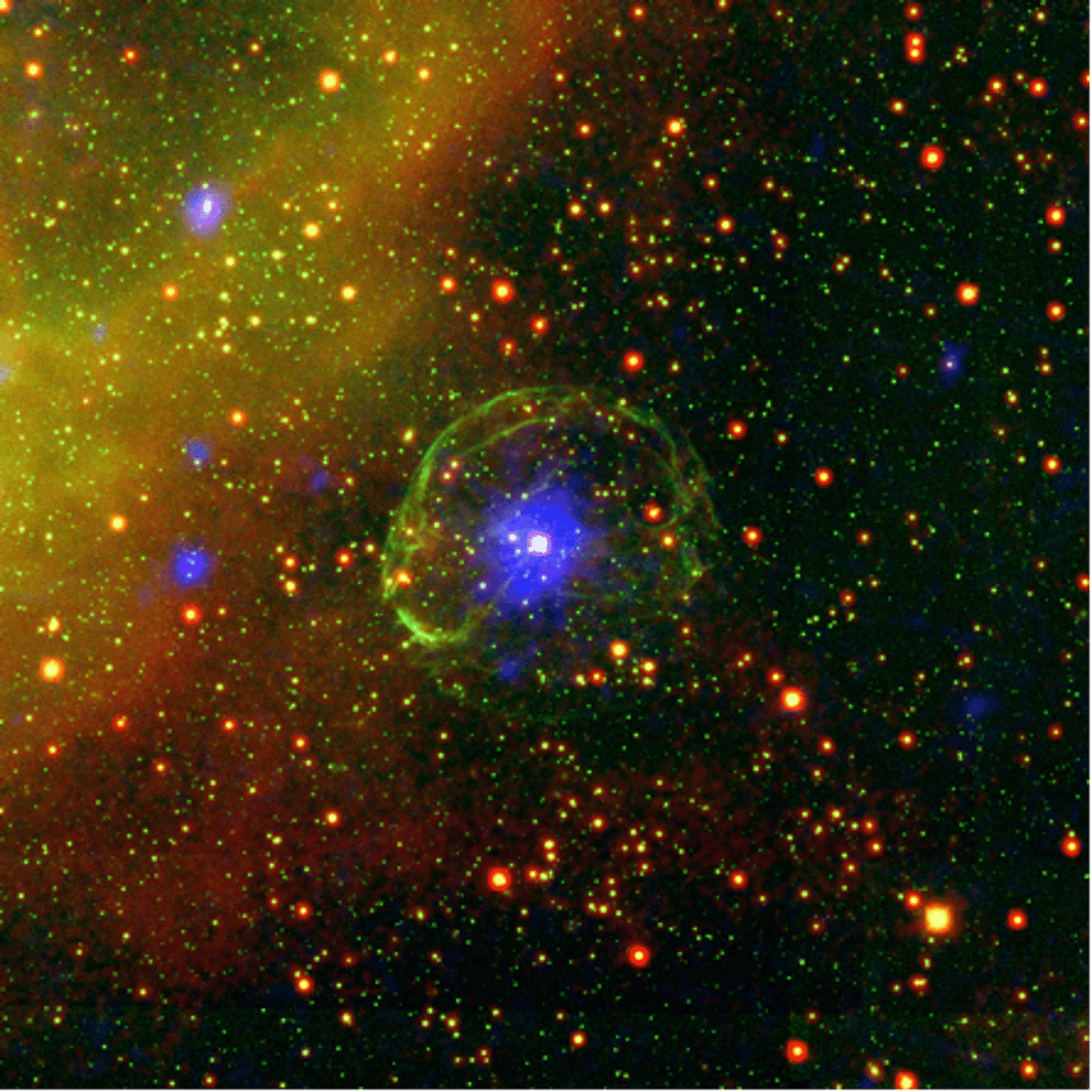
PSR J0108-1431
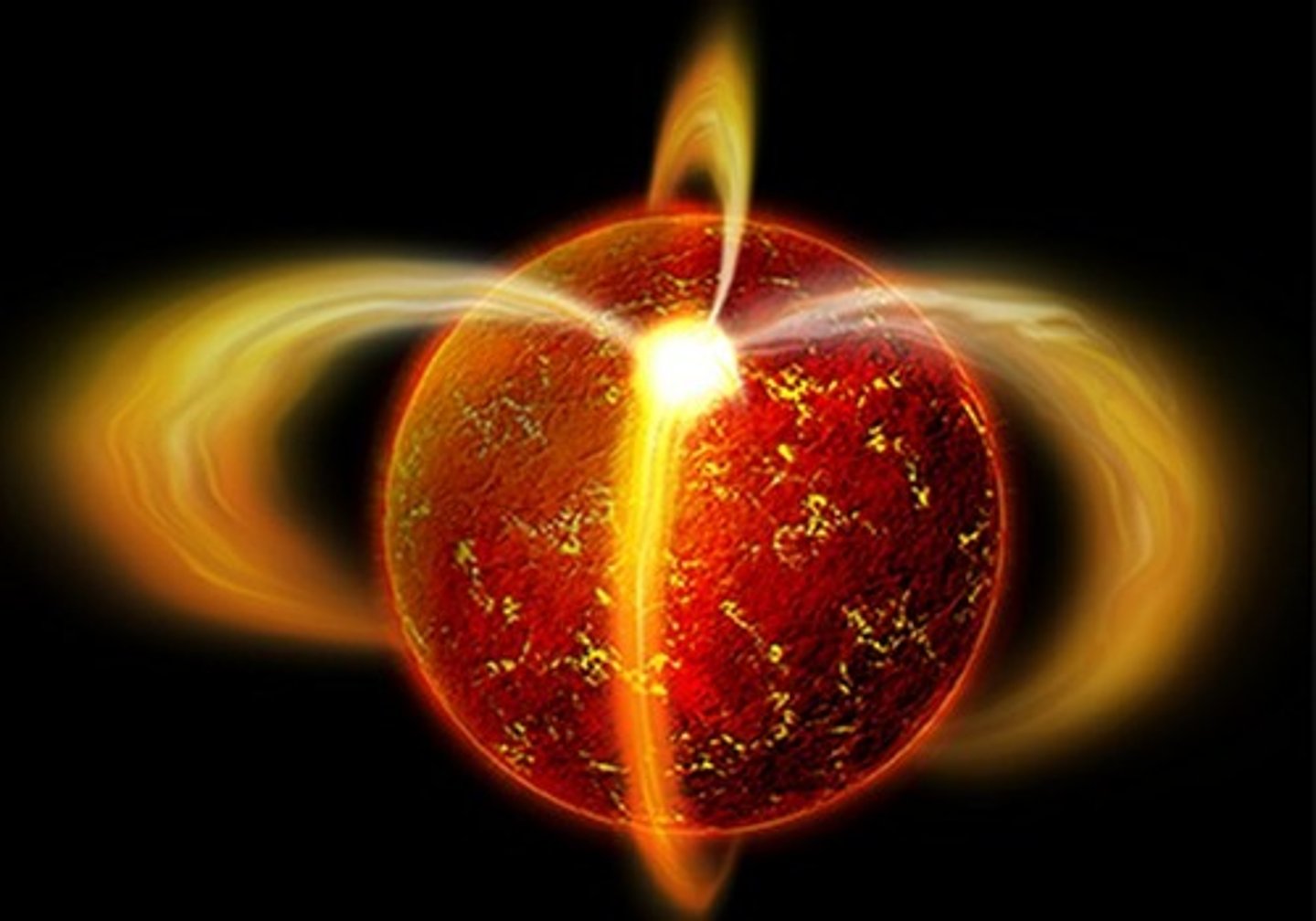
NGC 6888
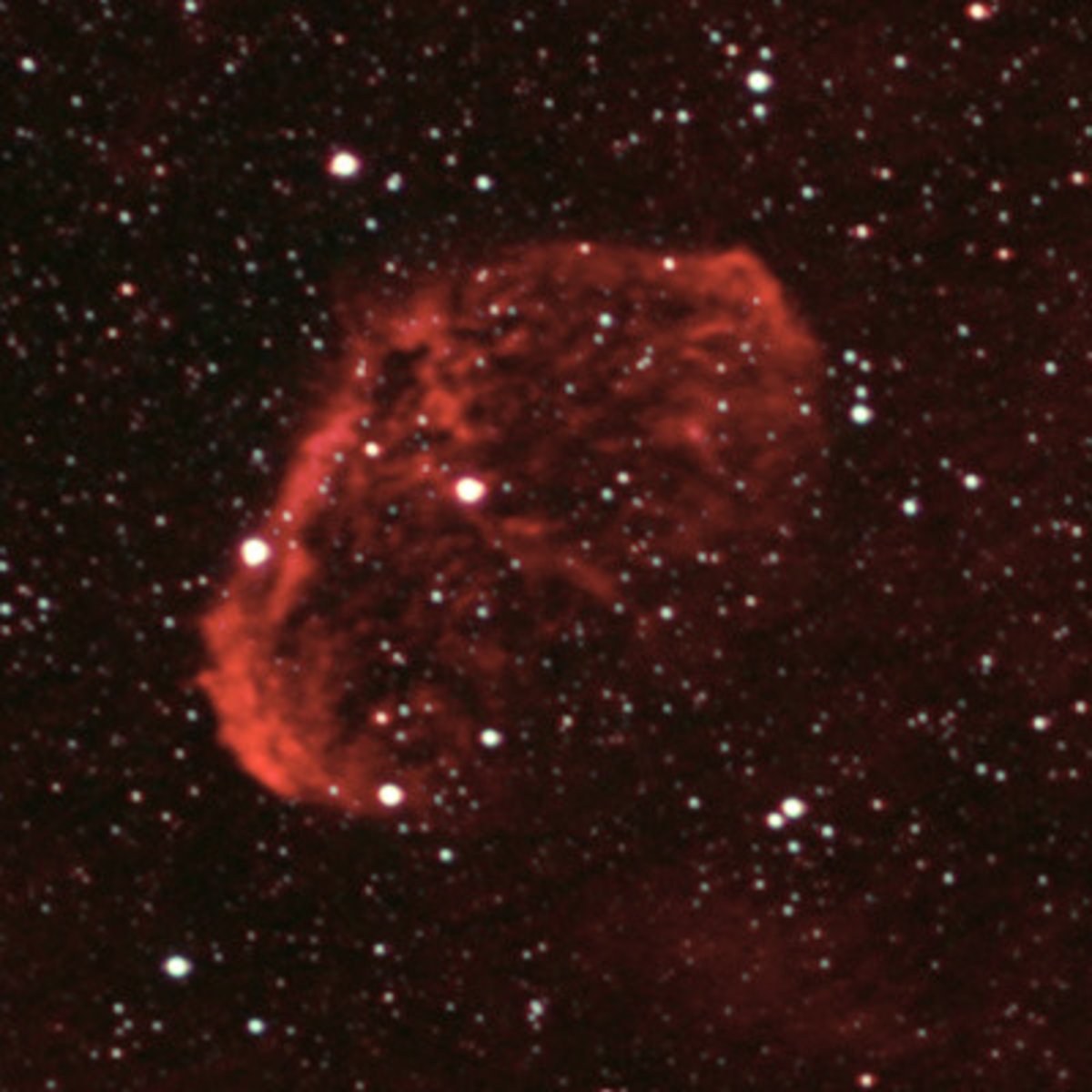
WR 136
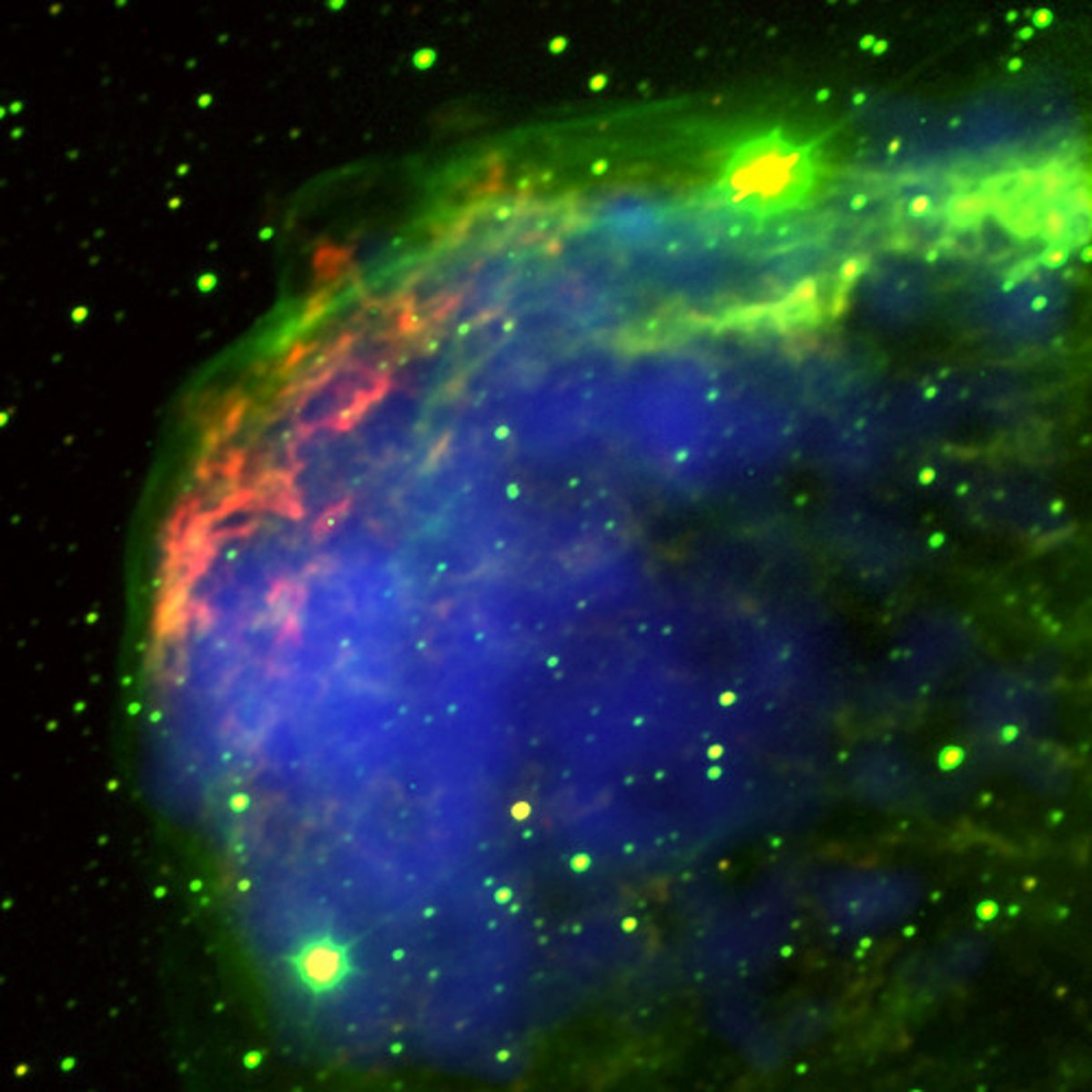
M1
a supernova remnant in the constellation Taurus, the supernova was caused by a supergiant collapsing inward and exploding, in the center of the crab pulsar there is a rapidly rotating neutron star, crab pulsar is the strongest persistent source of x-rays and gamma rays
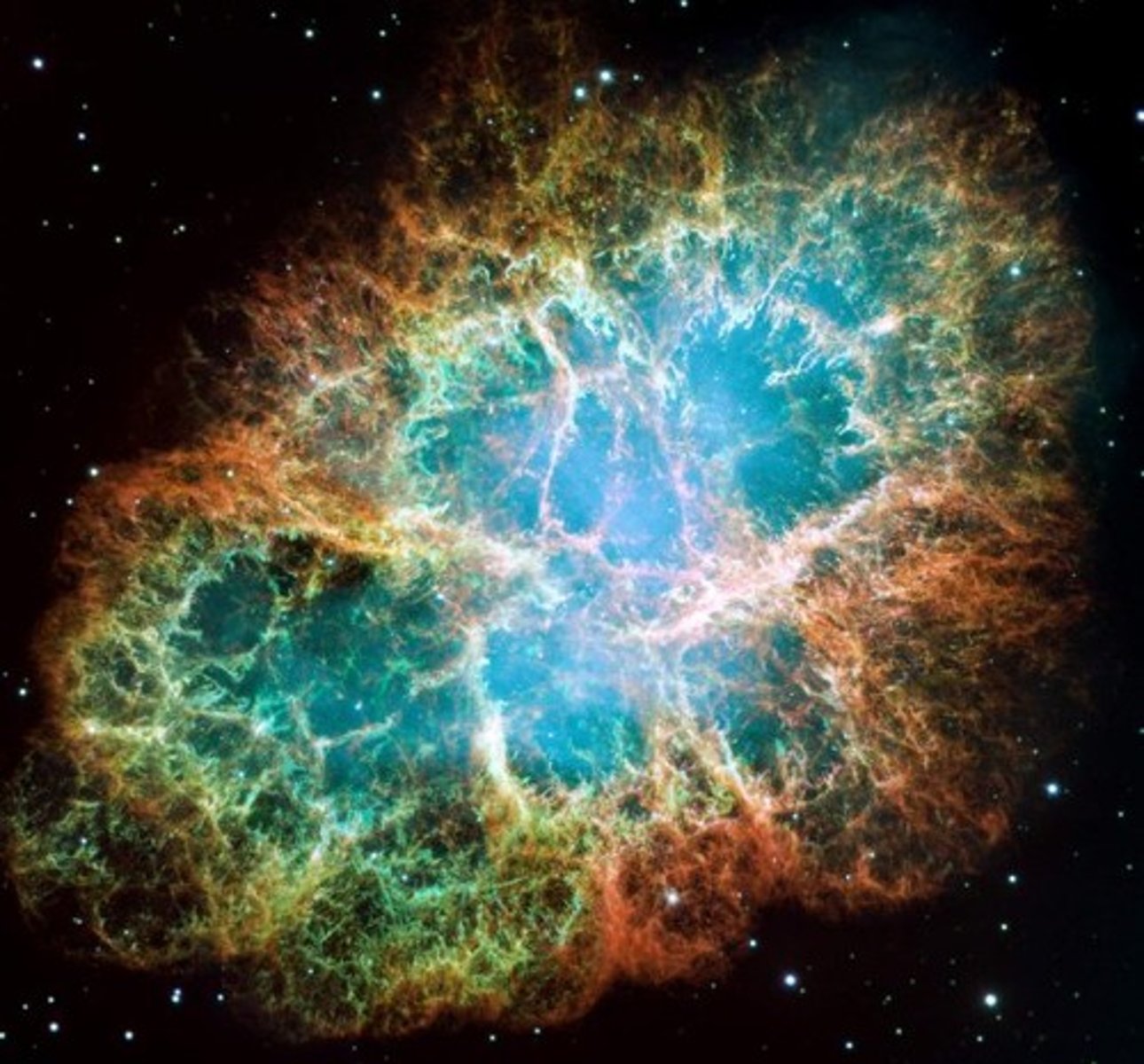
V838 Mon
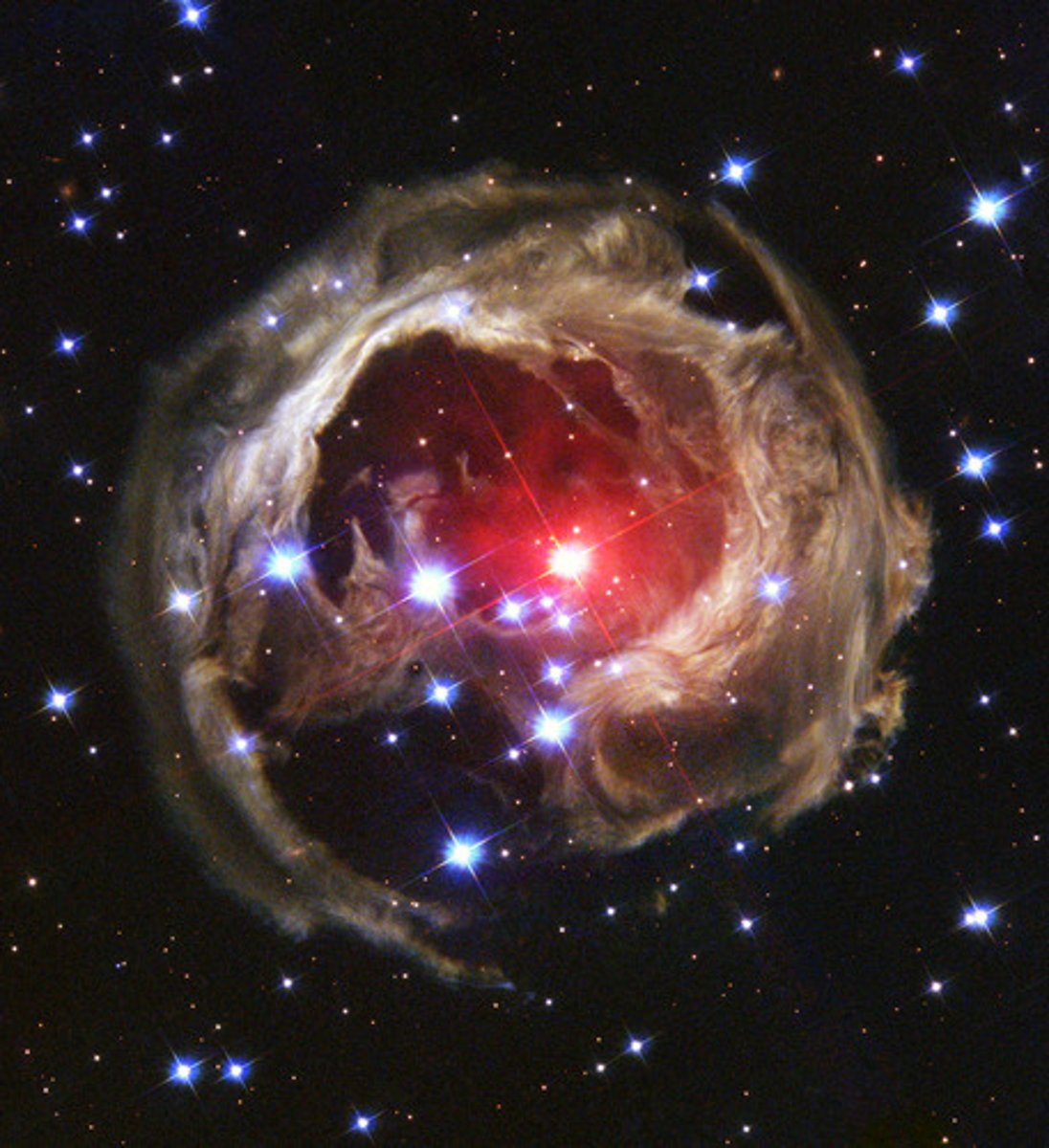
IC 1396
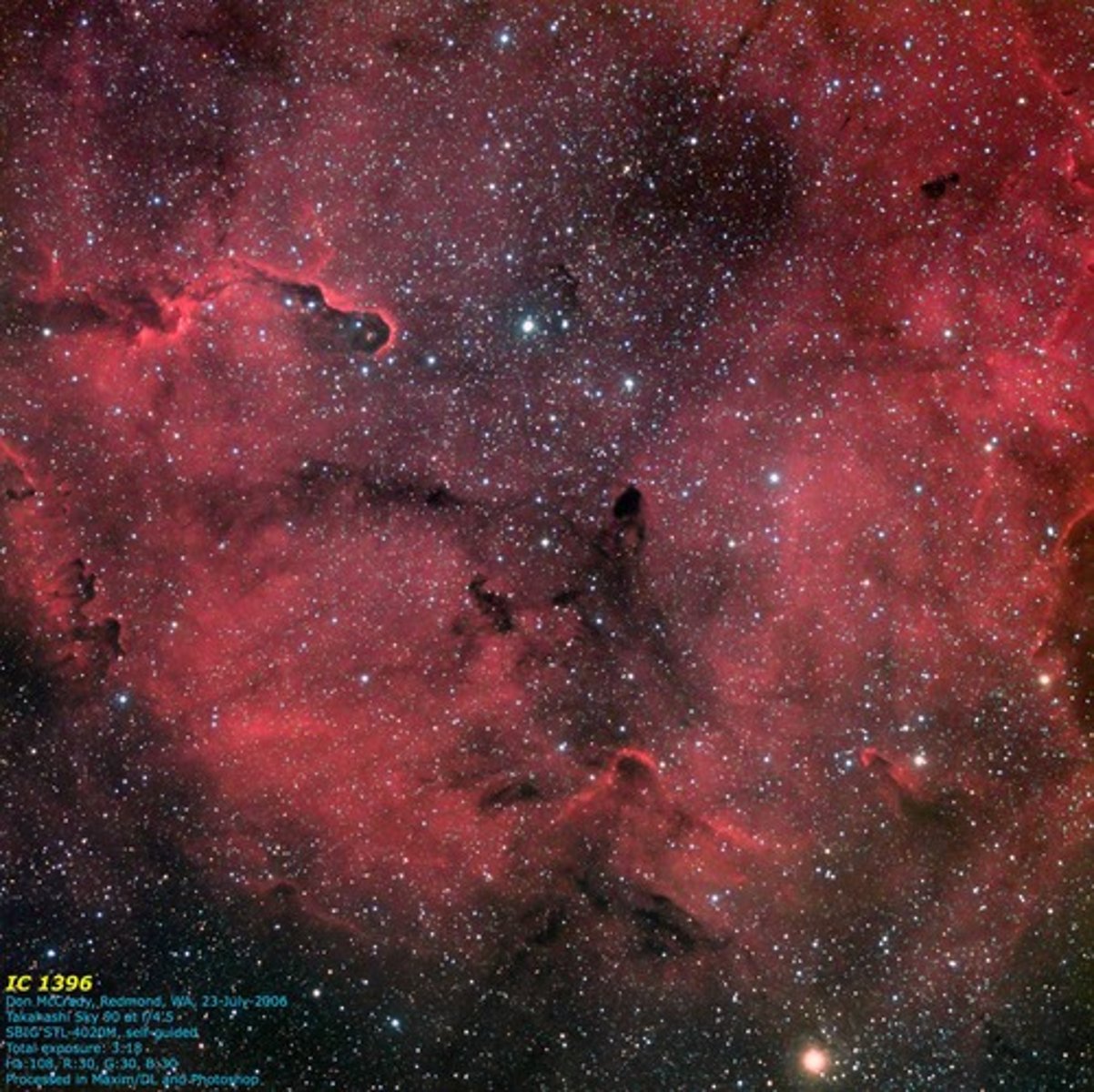
Aquarius
Found in region often called the sea, Brightest star: Beta Aquarii
Auriga
Brightest Star: Capella; Charioteer constellation is north of celestial equator, a hexagon with a very short side on top. Contains Capella.
Carina
Part of old constellation Argo Navis, Brightest star: Canopus
Centaurus
Brightest star: Alpha Centauri, Nearest star: Proxima Centauri
Cassiopeia
Brightest star: Alpha Cassiopeia; opposite of the Big Dipper on star map
Dorado
Brightest Star: Alpha Dorado
Cygnus
Known as the Northern Cross; Brightest star: Deneb
Gemini
Brightest Star: Pollux; Second Brightest Star: Castor
Libra
Brightest Star: Gliese 570; also contains Gliese 581, which has a planetary system of 6 planets
Hercules
Fifth largest modern constellation, Brightest Star: Beta Herculis
Lyra
Brightest Star: Vega, second brightest star in the northern hemisphere
Orion
Sometimes subtitled The Hunter; Brightest Stars: Rigel and Betelguese
Perseus
Brightest Star: Alpha Persei; most well-known star is Algol, the head of Medusa in Perseus's hand.
Sagittarius
Brightest Star: Epsilon Sagittarii
Scorpius
Brightest Star: Antares; constellation is largest one in southern hemisphere
Taurus
Brightest Star: Aldebaran; Taurus also includes two of the nearest open clusters to Earth, the Hyades and the Pleiades